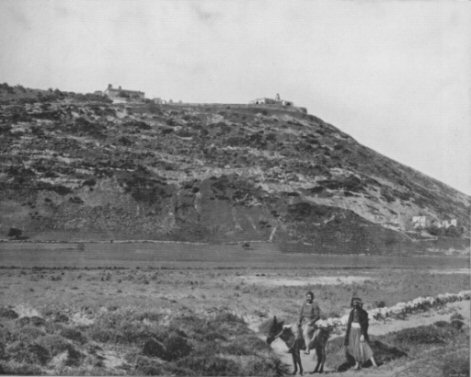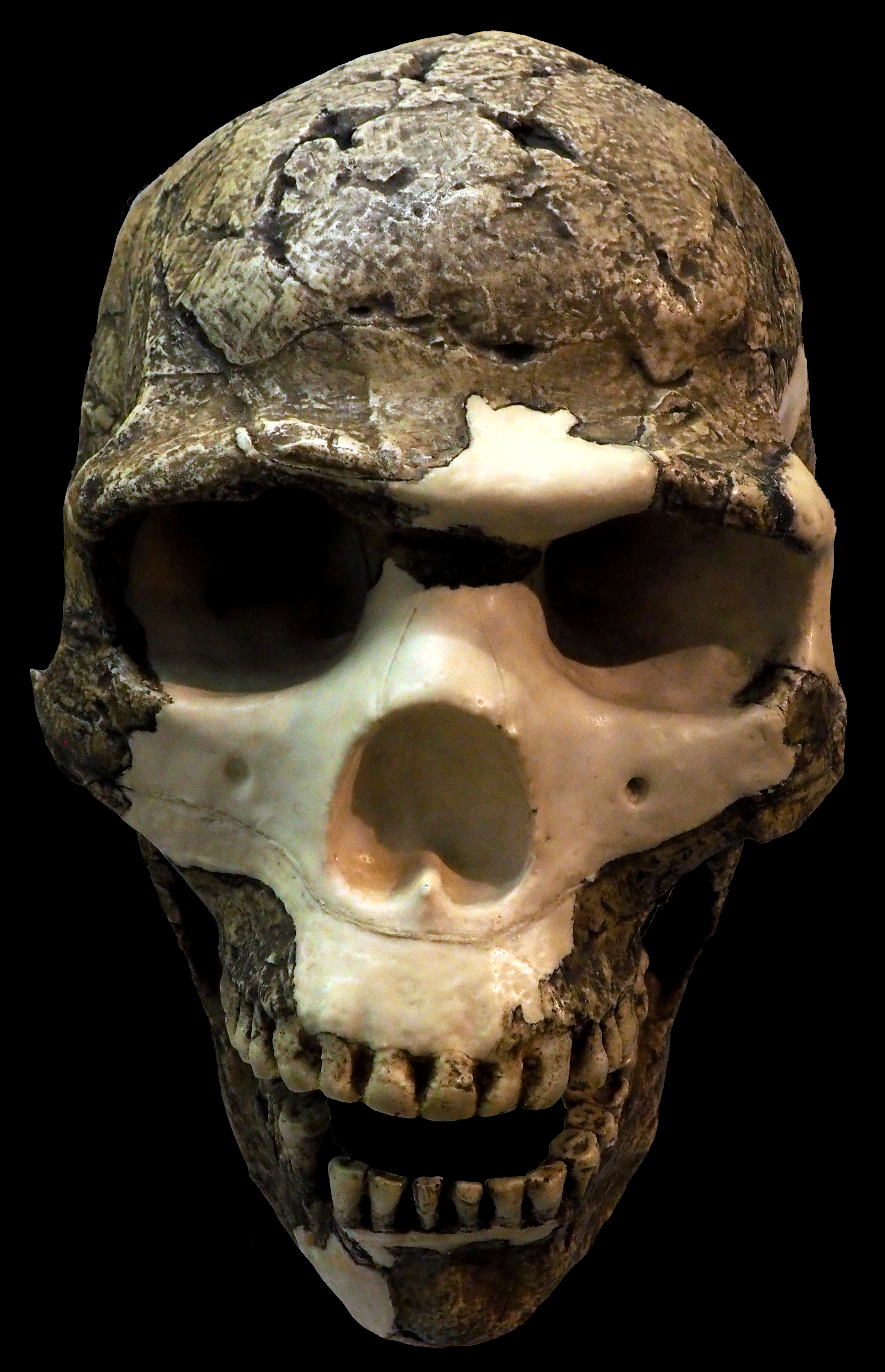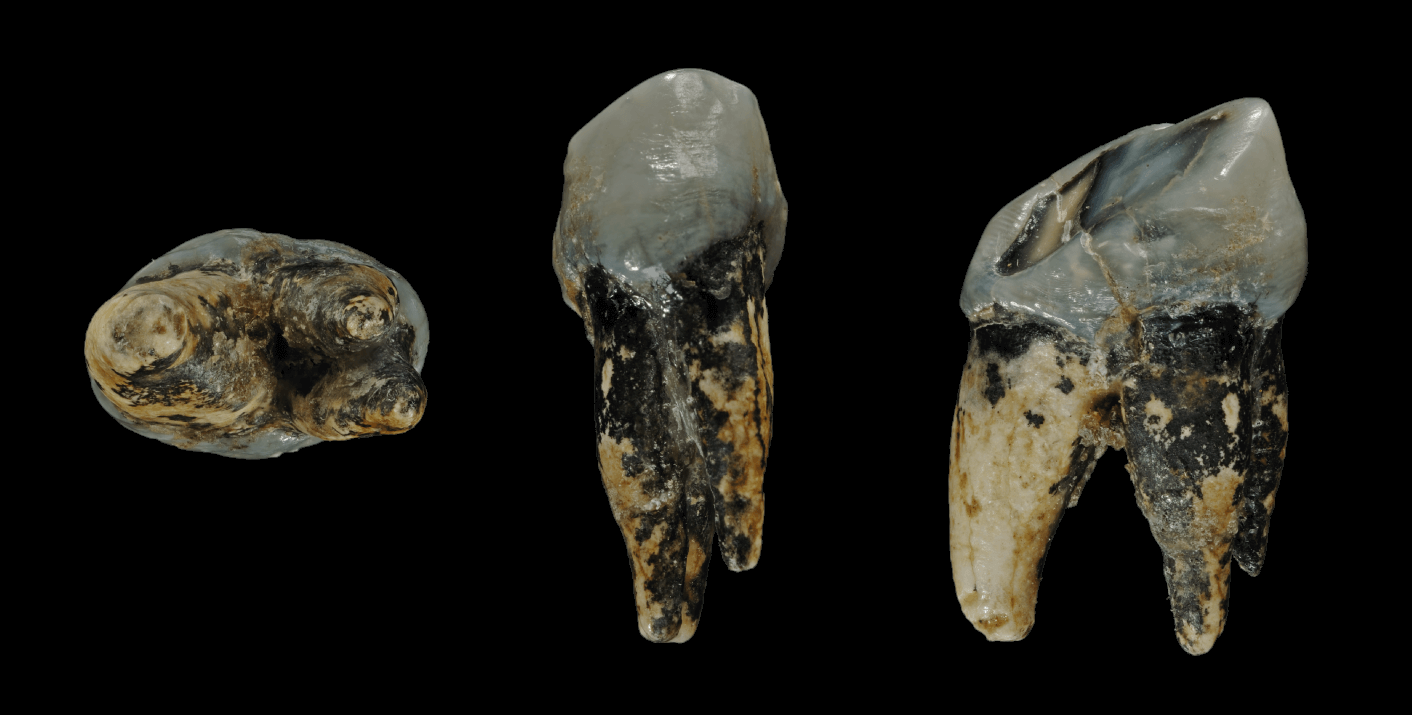|
Skhul Cave
Es-Skhul (es-Skhūl, ar, السخول; meaning ''kid'', ''young goat'') or the Skhul Cave is a prehistoric cave site situated about south of the city of Haifa, Israel, and about from the Mediterranean Sea. Together with the nearby sites of Tabun Cave, Jamal cave, and the cave at El Wad, Skhul is part of the Nahal Me'arot Nature Reserve, a national park and UNESCO World Heritage Site. The site was first excavated by Dorothy Garrod during summer of 1929. Several human skeletons were found in the cave, belonging to an ancient species of Homo sapiens. Both Neanderthals – and anatomically modern humans were present in the region from 200,000 to 45,000 years ago – around 100,000 years ago. The remains found at es-Skhul, together with those found at the other caves of Wadi el-Mughara and Mugharet el-Zuttiyeh, were classified in 1939 by Arthur Keith and as ''Palaeoanthropus palestinensis'', a descendant of ''Homo heidelbergensis''. [...More Info...] [...Related Items...] OR: [Wikipedia] [Google] [Baidu] |
Mount Carmel
Mount Carmel ( he, הַר הַכַּרְמֶל, Har haKarmel; ar, جبل الكرمل, Jabal al-Karmil), also known in Arabic as Mount Mar Elias ( ar, link=no, جبل مار إلياس, Jabal Mār Ilyās, lit=Mount Saint Elias/Elijah), is a coastal mountain range in northern Israel stretching from the Mediterranean Sea towards the southeast. The range is a UNESCO biosphere reserve. A number of towns are situated there, most notably the city of Haifa, Israel's third largest city, located on the northern and western slopes. Etymology The word ''karmel'' means "garden-land" and is of uncertain origin. It is either a compound of ''kerem'' and ''el'', meaning "vineyard of El (deity), God" or a clipping of ''kar male,'' meaning "full kernel." Martin Jan Mulder suggested a third etymology, that of ''kerem + l'' with the lamed a wiktionary:sufformative, sufformative, but this is considered unlikely as evidence for the existence of a lamed sufformative is weak. Geography and geology T ... [...More Info...] [...Related Items...] OR: [Wikipedia] [Google] [Baidu] |
Mugharet El-Zuttiyeh
Mugharet el-Zuttiyeh ("Cave of the Robbers") is a prehistoric archaeological site in Upper Galilee, Israel. It is situated from the Nahal Amud outlet, approximately above the wadi bed ( below sea level). It was found to house a fossil today known as the "Galilee skull" or "The Yabrudian Man". History Discovered in 1925, the skull was the first fossilised archaic human found in Western Asia. Together with the remains found at Es Skhul and the Wadi el-Mughara Caves, this find was classified in 1939 by Arthur Keith and as ''Palaeoanthropus palestinensis''. Today its taxonomy is that of ''Homo heidelbergensis''. Zuttiyeh cave is at the opening of a limestone ravine where Nahal Amud turns eastward, above a smaller cave known as Mugharet el-Emireh (Cave of the Princess). The cave was excavated from 1925 to 1926 by Francis Turville-Petre. It was the first paleontological excavation in the region. Turville-Petre discovered a skull, referred to as the ''Galilee Skull'', that was ini ... [...More Info...] [...Related Items...] OR: [Wikipedia] [Google] [Baidu] |
World Heritage Sites In Israel
This is a list of World Heritage Sites in Israel with properties of Cultural heritage, cultural and natural heritage as inscribed in UNESCO's World Heritage Site, World Heritage List or on the country's tentative list. The list includes ten sites within the Israel, State of Israel. World Heritage Sites :Site; named after the World Heritage Committee's official designation :Location; at city, regional, or provincial level and geocoordinates :Criteria; as defined by the World Heritage Committee :Area; in hectares and acres. If available, the size of the buffer zone has been noted as well. A value of zero implies that no data has been published by UNESCO :Year; during which the site was inscribed to the World Heritage Site, World Heritage List :Description; brief information about the site, including reasons for qualifying as an endangered site, if applicable World Heritage Sites located in Israel List of properties in the tentative list In addition to sites inscribed on t ... [...More Info...] [...Related Items...] OR: [Wikipedia] [Google] [Baidu] |
Paleoanthropological Sites
Paleoanthropology or paleo-anthropology is a branch of paleontology and anthropology which seeks to understand the early development of anatomically modern humans, a process known as hominization, through the reconstruction of evolutionary kinship lines within the family Hominidae, working from biological evidence (such as petrified skeletal remains, bone fragments, footprints) and cultural evidence (such as stone tools, artifacts, and settlement localities). The field draws from and combines primatology, paleontology, biological anthropology, and cultural anthropology. As technologies and methods advance, genetics plays an ever-increasing role, in particular to examine and compare DNA structure as a vital tool of research of the evolutionary kinship lines of related species and genera. Etymology The term paleoanthropology derives from Greek palaiós (παλαιός) "old, ancient", ánthrōpos (ἄνθρωπος) "man, human" and the suffix -logía (-λογία) "study of". Hom ... [...More Info...] [...Related Items...] OR: [Wikipedia] [Google] [Baidu] |
Prehistoric Sites In Israel
Prehistory, also known as pre-literary history, is the period of human history between the use of the first stone tools by hominins 3.3 million years ago and the beginning of recorded history with the invention of writing systems. The use of symbols, marks, and images appears very early among humans, but the earliest known writing systems appeared 5000 years ago. It took thousands of years for writing systems to be widely adopted, with writing spreading to almost all cultures by the 19th century. The end of prehistory therefore came at very different times in different places, and the term is less often used in discussing societies where prehistory ended relatively recently. In the early Bronze Age, Sumer in Mesopotamia, the Indus Valley Civilisation, and ancient Egypt were the first civilizations to develop their own scripts and to keep historical records, with their neighbors following. Most other civilizations reached the end of prehistory during the following Iron Age. T ... [...More Info...] [...Related Items...] OR: [Wikipedia] [Google] [Baidu] |
Archaeological Sites In Israel
The archaeology of Israel is the study of the archaeology of the present-day Israel, stretching from prehistory through three millennia of documented history. The ancient Land of Israel was a geographical bridge between the political and cultural centers of Mesopotamia and Egypt. Despite the importance of the country to three major religions, serious archaeological research only began in the 15th century.''Encyclopedia of Zionism and Israel'', edited by Raphael Patai, Herzl Press and McGraw-Hill, New York, 1971, vol. I, pp. 66–71 Although he never travelled to the Levant, or even left the Netherlands, the first major work on the antiquities of Israel is considered to be Adriaan Reland's ''Antiquitates Sacrae veterum Hebraeorum,'' published in 1708. Edward Robinson (scholar), Edward Robinson, an American theologian who visited the country in 1838, published its first topographical studies. Lady Hester Stanhope performed the first modern excavation at Ashkelon in 1815. A Frenchm ... [...More Info...] [...Related Items...] OR: [Wikipedia] [Google] [Baidu] |
Skhul And Qafzeh Hominins
The Skhul/Qafzeh hominins or Qafzeh–Skhul early modern humans are hominin fossils discovered in Es-Skhul and Qafzeh caves in Israel. They are today classified as ''Homo sapiens'', among the earliest of their species in Eurasia. Skhul Cave is on the slopes of Mount Carmel; Qafzeh Cave is a rockshelter near Nazareth in Lower Galilee. The remains found at Es Skhul, together with those found at the Nahal Me'arot Nature Reserve and Mugharet el-Zuttiyeh, were classified in 1939 by Arthur Keith and Theodore D. McCown as ''Palaeoanthropus palestinensis'', a descendant of ''Homo heidelbergensis''. History The remains exhibit a mix of traits found in archaic and anatomically modern humans. They have been tentatively dated at about 80,000-120,000 years old using electron paramagnetic resonance and thermoluminescence dating techniques. The brain case is similar to modern humans, but they possess brow ridges and a projecting facial profile like Neanderthals. They were initially regar ... [...More Info...] [...Related Items...] OR: [Wikipedia] [Google] [Baidu] |
Qafzeh Cave
Qafzeh Cave, also known by other names, is a prehistoric archaeological site located at the bottom of Mount Precipice in the Jezreel Valley of Lower Galilee south of Nazareth. Important remains of prehistoric people were discovered on the site - some of the oldest examples in the world, outside of Africa, of virtually anatomically modern human beings. These were discovered on the ledge just outside the cave, where 18 layers from the Middle Paleolithic era were identified. The interior of the cave contains layers ranging from the Neolithic era to the Bronze Age. Names The Arabic name of the mountain is Jebel el-Qafzeh, 'Mount of the Leap', and the cave's name is derived from it, Qafzeh Cave, sometimes spelled Qafza Cave, with article becoming al-Kafza (Cave). By translation to Hebrew, the name becomes Meʿarat Har HaKfitza, 'Leap Mount Cave', or sometimes Mt. HaKfitza Cave, HaKfitza(h) Cave, or Meʿarat Qafzeh. Another Hebrew name is Meʿarat Kedumim or Kedumim Cave. The various ... [...More Info...] [...Related Items...] OR: [Wikipedia] [Google] [Baidu] |
List Of Hominina Fossils
The following tables give an overview of notable finds of hominin fossils and remains relating to human evolution, beginning with the formation of the tribe Hominini (the divergence of the human and chimpanzee lineages) in the late Miocene, roughly 7 to 8 million years ago. As there are thousands of fossils, mostly fragmentary, often consisting of single bones or isolated teeth with complete skulls and skeletons rare, this overview is not complete, but show some of the most important findings. The fossils are arranged by approximate age as determined by radiometric dating and/or incremental dating and the species name represents current consensus; if there is no clear scientific consensus the other possible classifications are indicated. The early fossils shown are not considered ancestors to ''Homo sapiens'' but are closely related to ancestors and are therefore important to the study of the lineage. After 1.5 million years ago (extinction of '' Paranthropus''), all fossils sho ... [...More Info...] [...Related Items...] OR: [Wikipedia] [Google] [Baidu] |
List Of Fossil Sites
This list of fossil sites is a worldwide list of localities known well for the presence of fossils. Some entries in this list are notable for a single, unique find, while others are notable for the large number of fossils found there. Many of the entries in this list are considered Lagerstätten (sedimentary deposits that exhibits extraordinary fossils with exceptional preservation—sometimes including preserved soft tissues). Lagerstätten are indicated by a note () in the noteworthiness column. Fossils may be found either associated with a geological formation or at a single geographic site. Geological formations consist of rock that was deposited during a specific period of time. They usually extend for large areas, and sometimes there are different important sites in which the same formation is exposed. Such sites may have separate entries if they are considered to be more notable than the formation as a whole. In contrast, extensive formations associated with large areas m ... [...More Info...] [...Related Items...] OR: [Wikipedia] [Google] [Baidu] |
Paul Pettitt
Paul Barry Pettitt, FSA is a British archaeologist and academic. He specialises in the Palaeolithic era, with particular focus on claims of art and burial practices of the Neanderthals and Pleistocene ''Homo sapiens'', and methods of determining the age of artefacts from this time. Since 2013, he has been Professor of Archaeology at Durham University. He previously taught at Keble College, Oxford and the University of Sheffield. Early life and education Pettitt studied ancient history and archaeology at the University of Birmingham and graduated with a Bachelor of Arts (BA) degree in 1991. He undertook postgraduate studies in archaeology at the Institute of Archaeology, University College London, and graduated with a Master of Arts (MA) degree in 1992. He undertook postgraduate research at the University of Cambridge and graduated with a Doctor of Philosophy (PhD) degree in 1999. His doctoral thesis was titled "Tool reduction models, primary flaking, and lithic assemblage vari ... [...More Info...] [...Related Items...] OR: [Wikipedia] [Google] [Baidu] |






